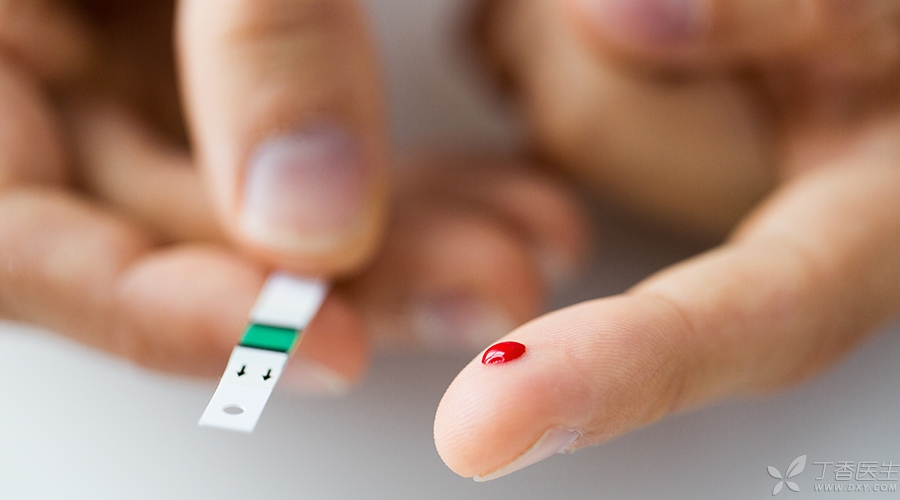
Manifestations of diabetes mellitus
Typical manifestations of diabetes are thirst, excessive drinking water, excessive urine consumption and weight loss. However, some patients may not have any symptoms and only find their blood sugar is high during physical examination.
Treatment of Diabetes Mellitus
Step 1: Diet therapy
Control blood sugar by changing eating habits, increasing exercise and controlling weight.
The principle of dietary therapy is to control the intake of total energy, distribute various nutrients reasonably and evenly, so as to achieve the metabolic control goal of patients and meet the individual dietary preferences as much as possible.
Moderate weight loss is recommended for overweight or obese people, which is helpful to maintain the weight loss effect in combination with physical exercise and behavior changes.
- Limit the intake of total energy: the demand for energy should be calculated and determined by doctors or nutritionists according to the conditions of different individuals; Nutrient collocation is reasonable: for patients with normal renal function, the proportion of energy provided by carbohydrate, protein and fat is 50% ~ 60%, 10% ~ 15% and less than 30%. Drinking is not recommended, such as drinking should be limited; The daily intake of dietary fiber should reach 15 ~ 20 g; Control salt intake; Under the guidance of doctors, reasonable supplement of micronutrients; Quit smoking.
2. Exercise therapy
Diabetes patients should be evaluated by doctors before exercising. Some patients are not suitable for exercising immediately.
- Reasonable choice of exercise type: Recommend moderate intensity effective exercise, such as fast walking, Taijiquan, cycling, badminton, etc. Ensure sufficient exercise time: Adult diabetic patients exercise at least 150 minutes per week.
3. Medication
Drug treatment for diabetes includes oral medicine and insulin. Whether drugs need to be used and the dosage of drugs need to be evaluated by doctors.
Oral drugs include metformin, sulfonylureas, TZDs, glinide,-glycosidase inhibitors, DPP-4 inhibitors, and GLP-1 receptor agonists.
According to the difference of action characteristics, insulin is divided into ultra-short-acting insulin analogues, conventional (short-acting) insulin, medium-acting insulin, long-acting insulin and premixed insulin.
Prevention of Diabetes Mellitus
The following points should be paid attention to in preventing diabetes:
1. Reasonable diet and balanced nutrition.
2. Exercise and weight control.
3. Early screening and early diagnosis.
4. Actively treat other metabolic diseases, such as hyperlipidemia, hypertension, etc.
